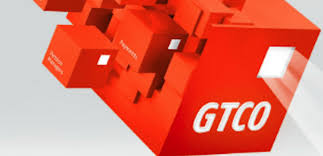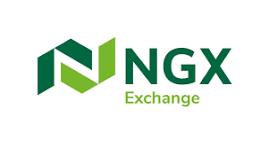
The battle for supremacy in Nigeria’s banking sector is heating up, and one key metric that is setting Guaranty Trust Holding Company (GTCO) apart from its peers is the Net Interest Margin (NIM) , a measure of a financial institution’s profitability by comparing its total interest income from assets (like loans and securities) to its total interest expense on liabilities (like deposits and borrowed funds).
A higher NIM indicates a more efficient and profitable use of earning assets, signifying that the institution earns more from its investments than it pays on its
This metric emanated from the the risky but high yielding lending terrain. The importance of lending in banking cannot be overemphasized. For this , all technical training a banker receives is heavily geared towards lending. When it is said that one is good or an astute banker, what , in fact , is meant is that one is a shrewd lender- one who lends money safely and profitably. And to separate a champion from a dillitante , a bank’s net interest margin remains the most credible yardstick keenly watched to establish the rating.
By their fruits you shall know them. In the context of GTCO and UBA, their financial performances and Net Interest Margins (NIMs) are indeed telling indicators of their efficiency, strategy, and overall health as financial institutions.
Without any controversy, GTCO has remained the industry leader in this battle with a gold medal. Unfortunately, majority of Nigerian bankers remain a mediocre here .UBA’s performance in this battlefield is raising serious concerns . A comparative analysis of its 2024 financial year figure with GTCO’s confirms this as much
With a Net Interest Margin (NIM) of 12.3%, GTCO is outshining United Bank for Africa (UBA), which lags behind with a NIM of 3.59%. What secrets lie behind GTCO’s success, and can UBA close the gap?
The Nigerian banking sector has consistently demonstrated resilience in the face of economic challenges, with GTCO standing out among its peers. GTCO’s ability to maintain a lower funding cost, likely due to its strong deposit franchise, has contributed to its higher NIM. This efficient funding strategy enables GTCO to maximize its interest income while minimizing costs, resulting in a robust bottom line. GTCO’s asset portfolio appears to be tilted towards higher-yielding assets, such as loans and investments, which contribute to its higher NIM. This strategic asset allocation allows GTCO to generate significant interest income, driving its profitability.
GTCO’s liability management strategy also plays a crucial role in maintaining its high NIM. By efficiently managing its deposits and other liabilities, GTCO is able to minimize its funding costs and maximize its interest income. GTCO’s superior NIM provides a solid foundation for growth and investment. With a strong financial position, GTCO can explore new business opportunities, expand its operations, and increase its market share.
While UBA demonstrates strong financial performance, its lower NIM may pressure its bottom line. UBA might consider optimizing its asset mix, managing funding costs, or improving operational efficiency to enhance its NIM and competitiveness.
GTCO’s superior NIM is a testament to its efficient banking practices, strong asset mix, and adept liability management. As the Nigerian banking sector continues to evolve, GTCO’s financial performance positions it well for sustained growth and success. With its strong foundation, GTCO is poised to navigate challenges and capitalize on opportunities, solidifying its position as a leader in the industry.




